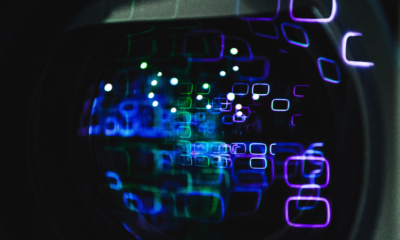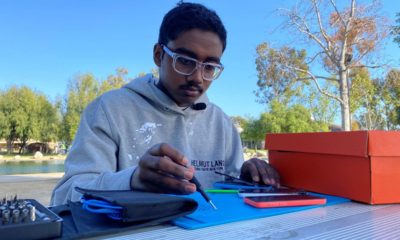Innovation
The Different Types of “Engineering” Practicalities Anyone Can Learn
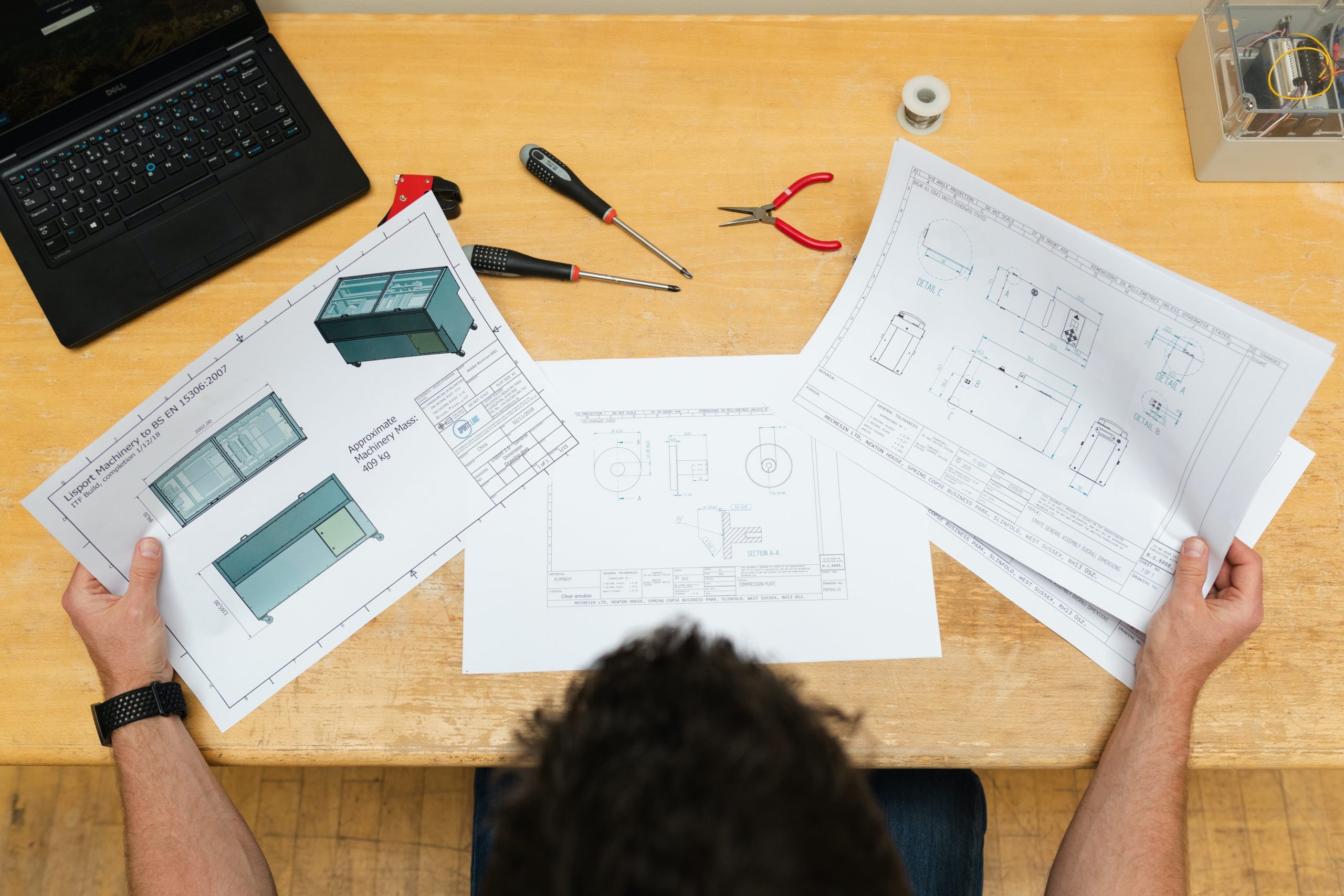

The dictionary definition of “engineering” apart from the standard one is; “the action of working artfully to bring something about.” Two factors that define Human intellect are curiosity and the ability to solve problems.
Today, I would like to use the word “engineering” from an angle of solving problems at home. Did you know that your home is a fully-fledged DIY workshop? You don’t have to professionally study real mainstream engineering to solve problems at home in a sustainable fashion. The majority of our contracting payments involve tasks that we could easily accomplish by ourselves.
Imagine a scenario in which your car breaks down during a road trip. Most people would immediately call a contractor for rescue. We tend to find ourselves paying for services that we could very much accomplish on our own, simply because they’re “professionals.” However, a lot of these tasks can be easily completed without a contractor. In this piece, we’ll be summarizing some services that can be learned on your own without overkill spending.
Sink/Pipe Maintenance
Some of the common problems in sinks include dirt buildups in the outlet pipe, and you can quickly learn how to fix this without calling the plumber. The process is simple, and a quick YouTube search can teach you how to remove dirt, grime, and residue from the sink by using water, an all-purpose household cleaner, and a sponge. The average residue removal service can cost up to $250 an hour, while the task is one that anybody can learn online.
Mowing/Lawn Care
Don’t splurge on a lawn service because you think you don’t know how to mow. You don’t have to pay big bucks for a contractor to douse your yard with chemicals. This is something you can do by yourself at home, and growing healthy, green grass is mainly just a matter of knowing what to give your lawn and when to give it. Lawn care services can cost up to $50, fertilizing can cost up to $60, and winterizing jobs generally costs around $350. However, a quick google search shows that winterizing can be done by anybody with a few tools through 7 universal steps. This idea can be applied to a multitude of lawn services, whether it be weeding, trimming, seeding, and more.
Necessary electrical installation and power management skills
Since electricity is a large part of our home lives, it’s important to have some necessary electrical installation and management knowledge. For example, it’s beneficial to understand where the crucial components of your house power management systems are located and their application. Learnable skills frequently serve in practicality as well, such as knowing how to use main switches, facilitate bulb replacements, and more. Electrical consultancy calls range between $50-$100, but having a basic understanding of electrical parts and functions can help you form conclusions without the help of a professional. Most electrical problems can be traced to an individual source. Being able to identify the problem stems from understanding what the various parts do.
This article is meant to showcase how you can save hundreds of dollars through surface-level research projects. We tend to throw money at contractors for services that we can easily provide for ourselves, and there are a plethora of different solutions besides calling a professional. Even if you don’t have anyone to show you, looking it up online and watching videos can help you do the trick.
Innovation
An Overview of Amazon’s Latest Astro Robot
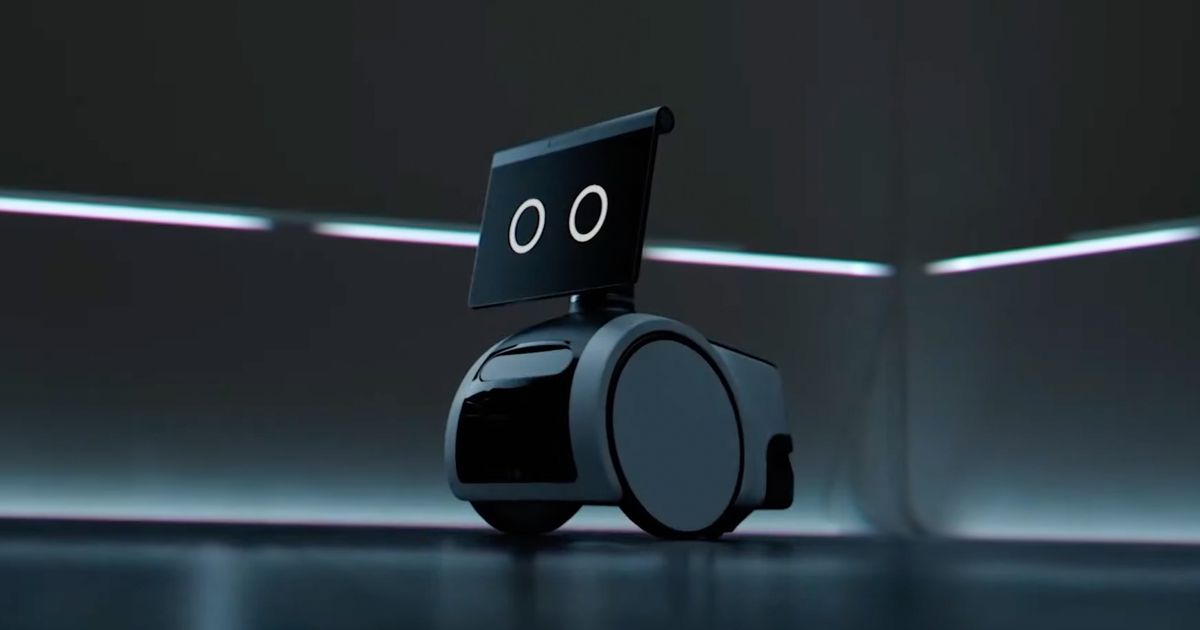

Earlier in October, Amazon announced their long-awaited Astro Robot that can be used for various purposes in homes. This robot can autonomously drive around your room thanks to its precise cameras and obstacle detection sensors. It is practically a home assistant that can help with a couple of simple tasks such as recognizing people and alerting you if someone new is in the house, handling video calls, and even alerting you when someone calls or if you have a reminder.
During the announcement of this robot, Dave Limp, head of Amazon’s devices and services, said they want their customers to use this robot for multiple tasks more than being an Alexa on wheels.
We have seen several versions of this concept, including Tesla’s humanoid robot that they released about two months ago. However, is Amazon’s Astro Robot really different from all the versions made by other companies? Let’s take a look at some of its key features.
Features of the Amazon Astro Robot:
- Intelligent motion: This robot has built-in sensors that enable it to drive around your home without colliding with objects. So, you can always have it wherever you need it within the house.
- Remote operation: The Astro Robot is connected to the internet, so you can control it while you are away from home. This handy security feature enables you to monitor your entire house while you are away.
- Built-in Alexa: It comes with all the Alexa capabilities. So, you can use it to set reminders, manage shopping lists, receive activity alerts, and many more.
- 10.1″ HD touchscreen display (1280×800): This can be used to make entries and consume content, such as watching TV shows, showing your music playing lists, shopping lists, and many more.
- 2 Cameras: It has a 5MP bezel camera and 1080P ultrawide periscope camera with a 1320 field of view. This camera can rise on a built-in arm up to 42″ from the ground for more effective home monitoring. The cameras also have built-in face recognition capabilities that can help users identify news faces in the house.
- It uses rechargeable Lithium batteries: These batteries support fast charging (full charge in 45 minutes) when using the charger included in the box.
- Connectivity: It supports WiFi and Bluetooth to communicate with other local devices and connect to the internet.
- Processors: This robot comes with a couple of processing chips, including a2x Qualcomm QCS605, 1x Qualcomm SDA660, and 1x processor with Amazon AZ1 Neural Edge.
Amazon’s Astro Robot will be available for purchase for $999 in up to 50 states in the US. However, getting this robot involves a few extra steps. You will have to request an invitation to buy it and answer a couple of questions in their survey form. Amazon will then send you feedback informing you whether your invite was accepted.
Innovation
Varda Space Startup Plans to Develop Factories in Orbit
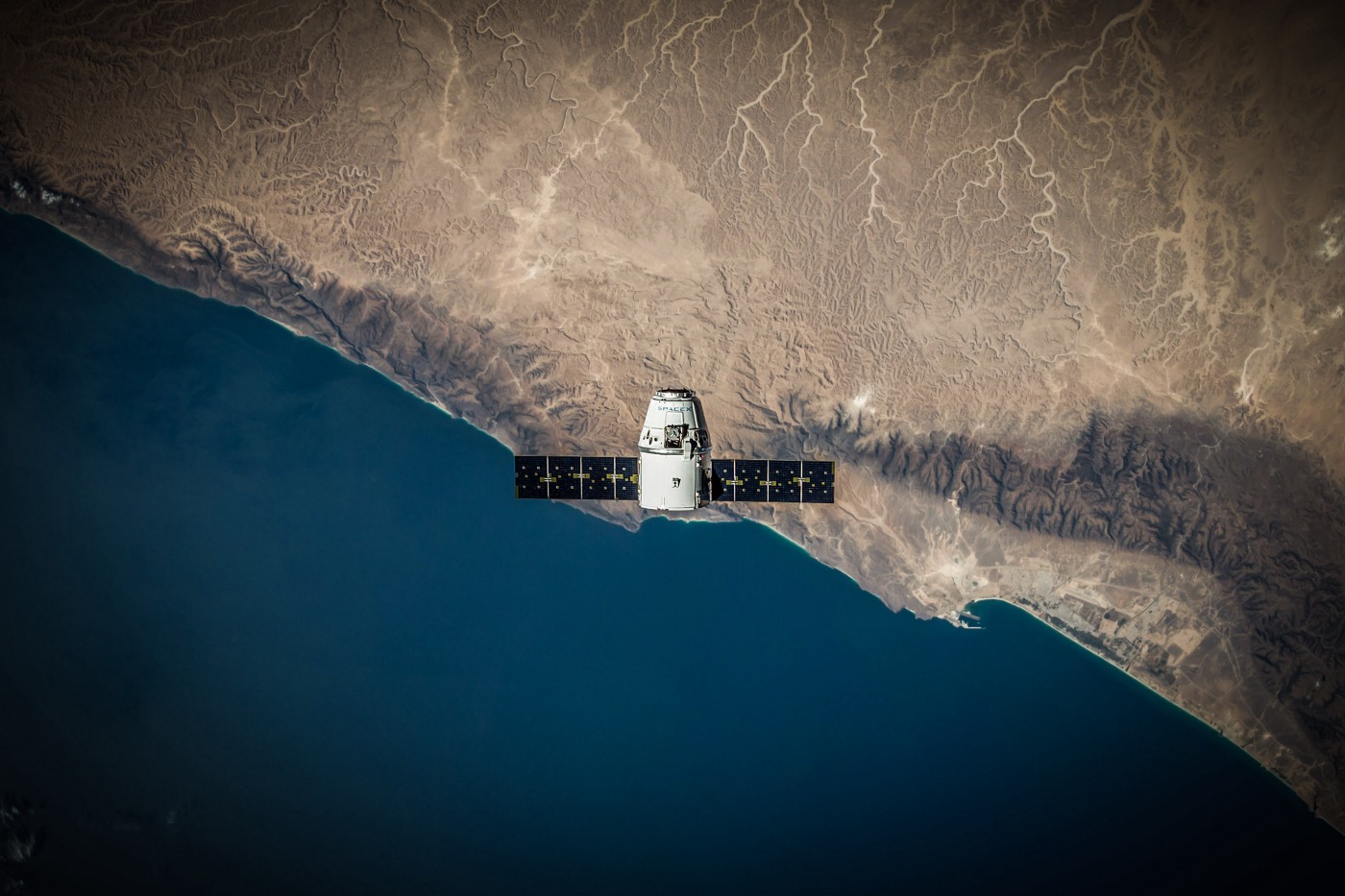

Varda Space Industries has now raised $53 million in funding. This new startup in the space industry was founded by Will Bruey and Delian Asparouhov, a pair who have worked at SpaceX and Founders Fund for over a decade.
Like SpaceX, Varda’s mission is ambitious; they want to be the first company to build factories in space. In an interview with CNBC, Will Bruey, the CEO of Varda, stated: “The Varda mission is to build the first space factory – essentially the first industrial park on orbit.” Varda is aiming at having its first mission in the first quarter of 2023.
They raised over $42 million in a round of funding that involved investors like Khosla Ventures, Caffeinated Capital, Lux Capital, General Catalyst, and Founders Fund. Before this round, they had initially raised $11 million in seed capital, which brings their total capital to over $53 million within less than a year after founding the company.
Varda has so far assembled a team of 16 people, most of them coming from SpaceX and several other companies in the space industry. They aim to build a team of at least 40 people before the first launch.
So, what exactly will Varda be manufacturing in space? According to their CEO Bruey, Varda will look to tap markets for products such as semiconductors, fiber optic cables, or pharmaceuticals – “extremely large” marketplaces here on the ground, Asparouhov said. He also noted: “Varda can exist because we don’t have to build the entire” technology system “ourselves,”
They may not be the first company to take goods to and from space stations, but they want to become the first to manufacture products right from space.
Asparouhov, the co-founder of Varda, noted that they would judge themselves based on their frequency of reentry because their goal is to bring value back on earth.
Varda is currently working on a three-piece spacecraft to kick off their journey. It consists of a commercially available spacecraft platform, the manufacturing module, and a heat shield-protected capsule to reenter the atmosphere and land under parachutes. Their first goal is to bring back products of at least 100 kg of material on earth.
Regarding regulation, Varda is still in the preliminary design review level and in the final stages of being authorized by the regulators and other stakeholders. Many are wondering if Varda will beat the deadline for their first mission scheduled for Q1 2023.
Innovation
How Dubai Is Artificially Creating Rainstorms


The United Arab Emirates (UAE) is one of the hottest regions globally, with an average annual temperature of about 95 Fahrenheit. Unlike some parts of the UAE, temperatures in Dubai regularly surpass the 115 Fahrenheit mark.
Dubai currently receives only 4 inches of rain throughout the year, way below the world average (39 inches). Because of the lackluster rain and hot temperatures, Dubai imports over 80% of its food since no meaningful agriculture can be done.
But, the UAE government has now invested over $15 million into using artificial methods to induce rainstorms in Dubai to deal with the hot temperatures.
In the last few weeks, there was a breakthrough in their efforts when meteorological officials released a video of rain over Ras al Khaimah and several other regions in the UAE. Scientists made this possible by using electrical charges from drones that manipulate the cloud and force them to release raindrops.
This feat brings hope to many other regions worldwide that are facing the challenge of water scarcity and extremely high temperatures. One of the significant caveats in this research was that some tiny raindrops would evaporate due to hot temperatures even before they reached the ground. To overcome this, scientists had to ensure the electricity the drones hit the clouds with is enough to create larger raindrops.
In his words, the Ambassador of the United Arab Emirates to the U.K. said:
“It’s moving to think that the rainfall technology I saw today, which is still being developed, may someday support countries in water-scarce environments like the UAE.”
Even though cloud seeding technology is fascinating, there are still concerns about its short and long-term side effects. Some of the unfortunate incidents that happened in the past due to such technology include one when Russia mistakenly dropped a non-powderized block of cement on some homes.
Heavy flooding is another catastrophic side effect that scientists have identified that we could face due to this kind of technology.
Eight western states are already using the technology of inducing rain from the clouds in the USA, following Dubai’s footsteps. However, the challenge with this cloud seeding over the years has been determining its effectiveness in the short- and long term. This technology is in its infant stages and still has the potential if it turns out to be cost-effective and viable.
-



 Spzrts5 years ago
Spzrts5 years agoWhat’s the Hype Around FlightReacts?
-



 World5 years ago
World5 years agoArtificial Intelligence in the Modern World
-



 Genfluencer5 years ago
Genfluencer5 years agoHow StevoLuddy Uses TikTok to Further Pursue His Passion
-



 Genfluencer5 years ago
Genfluencer5 years agoHow Rowan Winch Makes Thousands From His Phone
-



 Digital Culture5 years ago
Digital Culture5 years agoThe Effects of Social Media on the iGen (Generation Z)
-



 Business4 years ago
Business4 years ago5 Tips for Starting a Limited Liability Company
-



 Spzrts5 years ago
Spzrts5 years agoHow the “Basketball Bubble” Runs on Technology
-



 Digital Culture5 years ago
Digital Culture5 years agoHow to Navigate TikTok with Adam Meskouri





